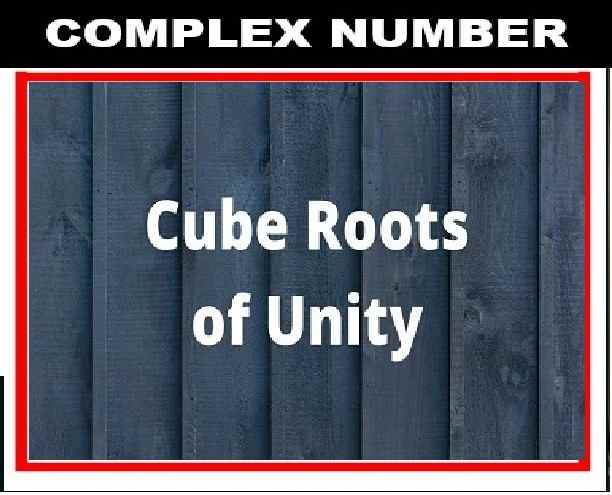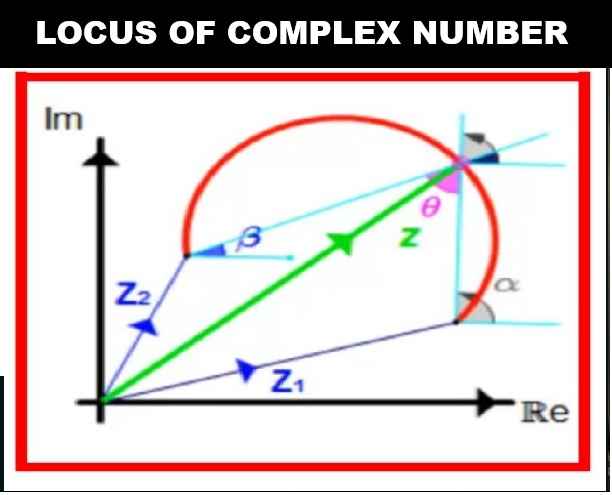Physical and Chemical Changes MCQs Class-8 Dalal Simplified ICSE Chemistry Solutions Chapter-2, Physical and Chemical Changes Dr Viraf J Dalal Middle School Allied Publishers Solutions. Chapter-2. We Provide Step by Step Solutions to Fill in the blanks, Match the following, Give reason, Name the following of Dr Viraf J Dalal Middle School Chemistry Allied Publishers. Visit official Website CISCE for detail information about ICSE Board Class-8.
Physical and Chemical Changes MCQs Class-8 Dalal Simplified ICSE Chemistry Solutions Chapter-2
| Board | ICSE |
| Class | 8th |
| Subject | Chemistry |
| Book Name | Dalal New Simplified |
| Chapter-2 | Physical and Chemical Changes |
| Unit-1 | Physical and Chemical Changes |
| Topic | Solution of exercise MCQs |
| Session | 2023-24 |
Objective Types Questions
Physical and Chemical Changes MCQs Class-8 Dalal Simplified ICSE Chemistry Solutions Chapter-2
Question: 1. Select the correct answer from the choice in bracket to complete each sentence:
1. A change in which a substance retains its identity is a physical [physical/chemical] change.
2. Matter is added or removed during a chemical [chemical/physical] change.
3. Energy required for completion of physical change is released [released/absorbed] when the change is reversed.
4. Dissolution of lead nitrate in water is deemed as a physical [physical/chemical] change.
5. A change in which matter undergoes a change but the total mass of substance is unaltered is a physical [physical/chemical] change.
Question: 2. State which of the following 1 to 5 pertain to –
A: Physical change B: Chemical change:
1. Sublimation
Answer: A: Physical change
2. Fermentation
Answer: B: Chemical change
3. Liquefaction or condensation
Answer: A: Physical change
4. Magnetization
Answer: A: Physical change
5. Respiration
Answer: B: Chemical change
Question: 3. Give reason why the following are considered as chemical changes:
1. Copper carbonate on heat gives copper oxide and carbon dioxide.
Answer: Copper carbonate on heating gives copper oxide and carbon dioxide. As new products are formed and the change is irreversible hence it is a chemical change.
2. A bright light is seen evolved when a strip of magnesium is heated.
Answer: When a strip of magnesium is heated, magnesium oxide is produced and the bright light seen is the evolution of energy in the form of light. Hence, it is considered a chemical change.
3. Sulphur when burnt in air evolves a gaseous acidic product.
Answer: Sulphur burns in air to produce a new gaseous acidic product [sulphur dioxide]. Hence, the change is a chemical change.
4. An iron nail kept open in the atmosphere rusts.
Answer: Iron nail kept in air forms rust [iron [III] oxide]. Iron [III] oxide is a new product and has different chemical composition and properties as compared to that of an iron nail. Hence, the reaction is a chemical change.
5. A piece of magnesium strip is dropped into a beaker containing dilute hydrochloric acid.
Answer: When a piece of magnesium strip is dropped into a beaker containing dilute hydrochloric acid, magnesium chloride is formed and hydrogen gas is liberated. As new products are formed and the change is irreversible hence it is a chemical change.
Question: 4. Match the example of change in List I with the correct type of change in List II.
| List I | List II |
| 1. Burning of paper | A: Physical change |
| 2. Ringing of an electric bell | B: Chemical change |
| 3. Curdling of milk | |
| 4. An electric light is switched on | |
| 5. Melting of butter |
Answer:
| List I | List II |
| 1. Burning of paper | A: Chemical change |
| 2. Ringing of an electric bell | B: Physical change |
| 3. Curdling of milk | C: Chemical change |
| 4. An electric light is switched on | D: Physical change |
| 5. Melting of butter | E: Physical change |
Question: 5. Name the following:
1. The salt obtained when a chemical change takes place on addition of iron to dilute sulphuric acid.
Answer: FeSO4 (Iron Sulphate)
2. The product obtained during a physical change when water converts from a liquid into a solid.
Answer: Ice
3. The product of the chemical change on keeping a polished iron nail exposed to the atmosphere.
Answer: Iron III oxide [Fe2O3x H20]
4. A form of energy required for a chemical change.
Answer: Generally, heat energy is required but light, pressure, or electricity can also be needed.
5. The gaseous product of the chemical change which takes place during respiration in living organisms.
Answer: CO2 carbon dioxide.
—: End of Physical and Chemical Changes MCQs Class-8 Dalal Simplified ICSE Chemistry Solutions Chapter-2 :—
Return to – Dalal Simplified Chemistry for ICSE Class-8 Solutions
Thanks
Share with your friends.


